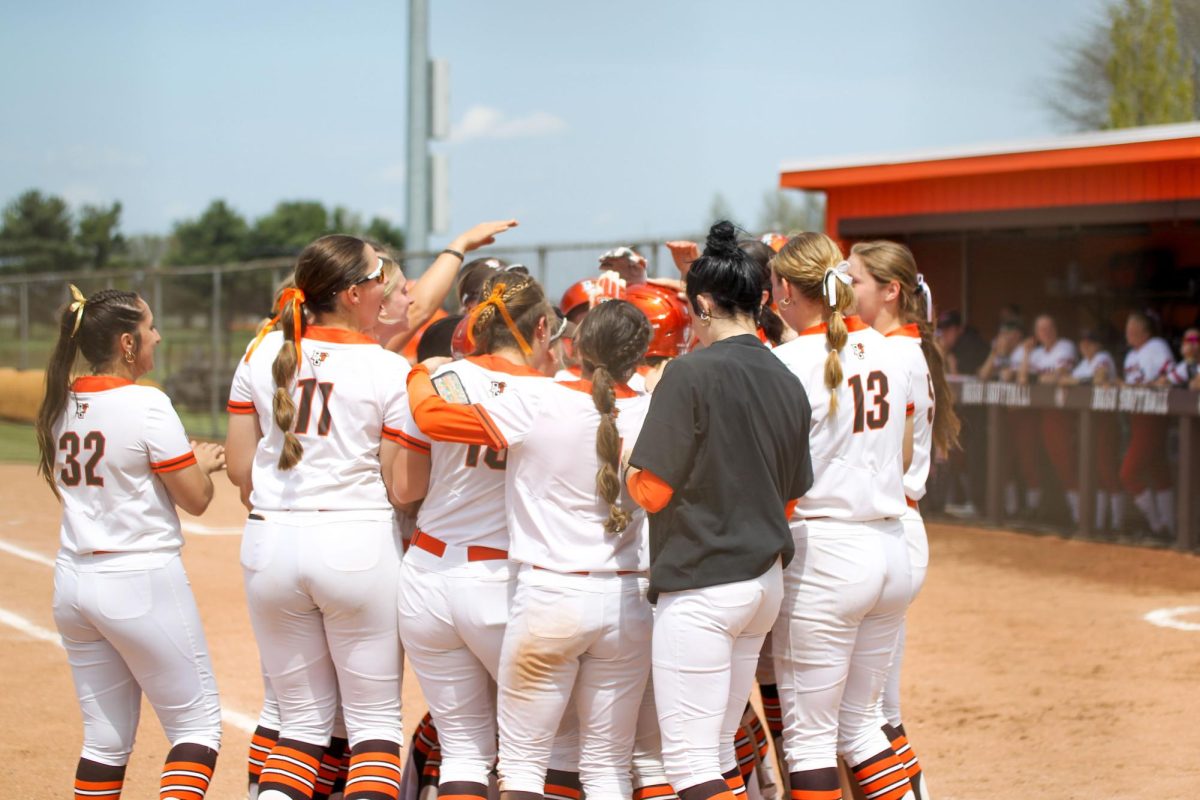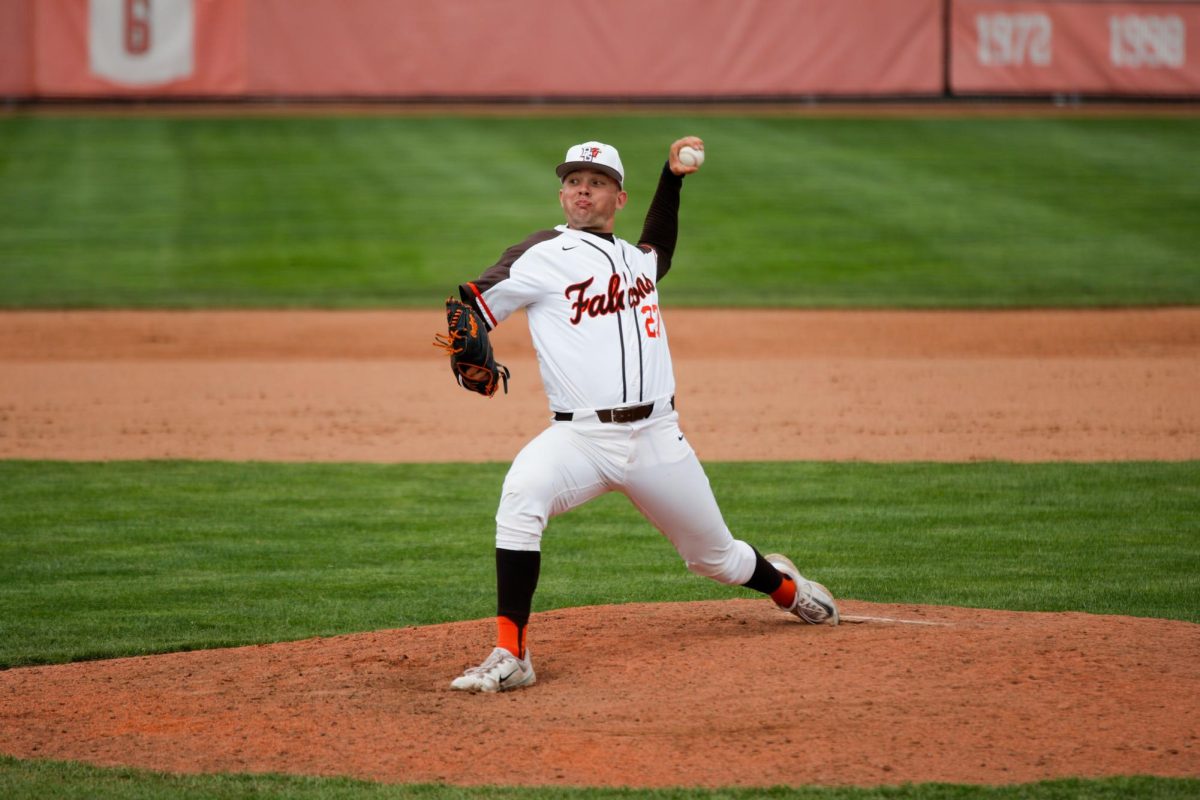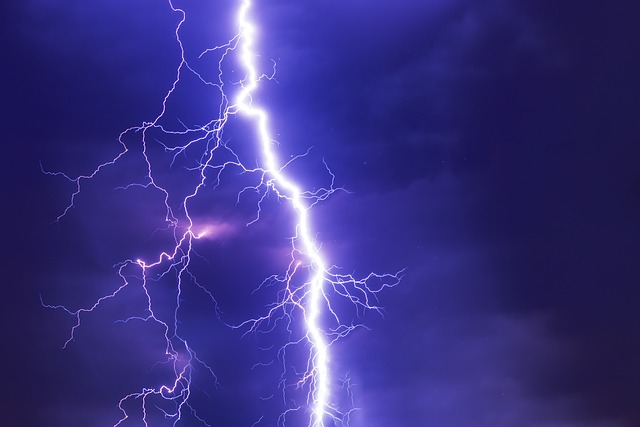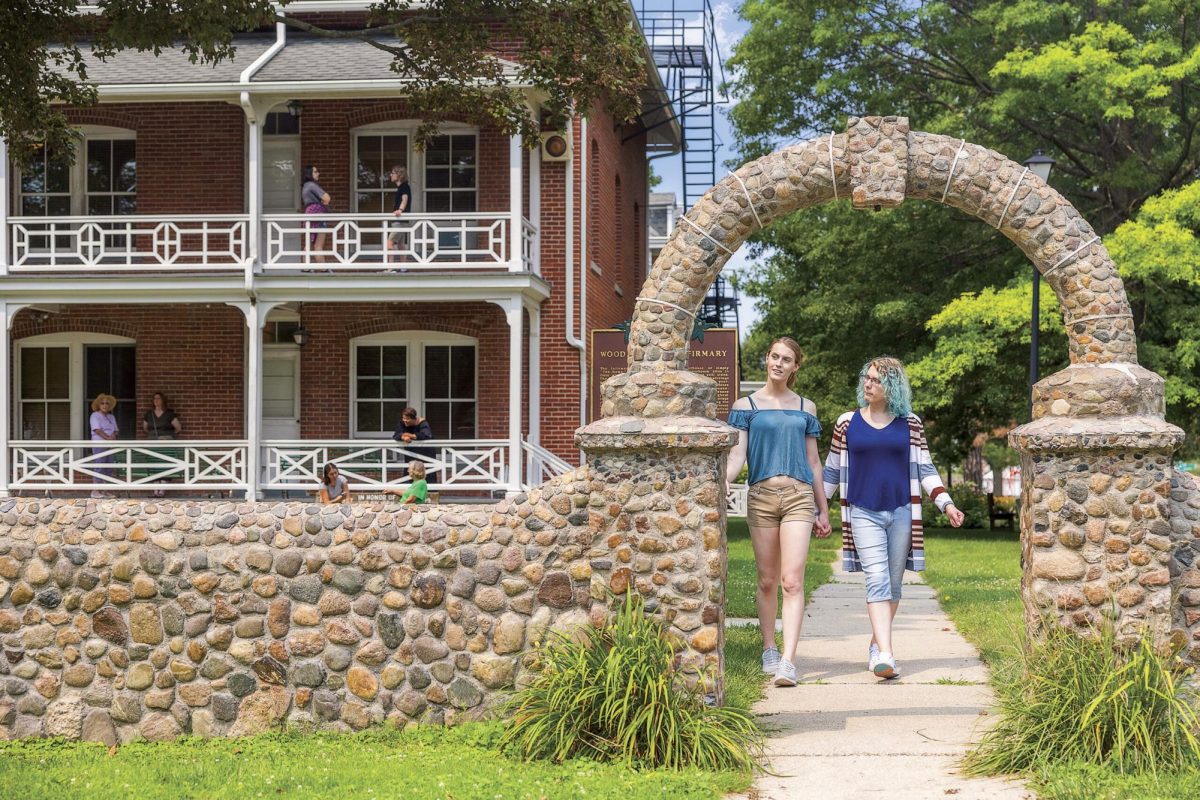Somalia is a moderate-sized country, located on the Horn of Africa, with a population of about 9 million.
A civil war has been tearing the country apart since 1990. And the United States is involved from the highest government down to towns like Bowling Green.
The main issues surrounding such a long-term war are hostility between different clans and extremist groups using the country as a training base. These conflicts are slow to resolve with the weak government currently in place.
In 1969, Siad Barre became president of Somalia, and turned the country into a totalitarian-like state, according to Historyworld.net.
“Siad”[insisted] upon the supremacy of party and nation as opposed to the local clan loyalties,” the Web site said.
In 1990, the clans overthrew the government, and warlords of different regions and clans have been fighting for power ever since. Today, the only remotely stable part of the region is Somalialand, a republic north of Somalia that broke away in 1991.
The fighting in Somalia is more a matter of injustice, said Kefa Otiso, an associate professor of geography who is originally from Kenya, and these injustices happen everywhere.
In the United States, there are racial and class differences, Otiso said, “but we do a good job of addressing them.”
“Even in families,” he said, “if you have that kind of situation it will break up a family.”
In late 1992, the United States sent relief troops over to Somalia to try to quell the fighting. Six months later, the U.N. joined them with another military effort to bring stability, according to Raceandhistory.com. But soon after the U.N. entered, warlords in Somalia forced them out.
The United States has continued to be involved in Somali affairs since Sept. 11, when it was suspected that extremist groups, such as al-Qaida, were using the country as a training base.
“Conflicts halfway around the globe affect us on a very local level,” Otiso said. Family members of Bowling Green residents are going overseas to fight groups who are training in Somalia. Such an active patrol also costs money that could be spent in education or enterprises.
The U.S. was also one of the key sponsors in peace talks that took place in Nairobi, Kenya in 2003. The peace process was coordinated by Kenya and then moved to Somalia, Otiso said, because the Somali government isn’t trusted by many Somali people.
Peace talks are also hindered by the extremist groups who would lose their power if the region became stable, Otiso said.
“Some thrive in that situation,” he said, “[but] from an ordinary citizen’s standpoint, the sooner the crisis is resolved the better.”
Many children in Somalia can’t go to school. The war destroyed most of the crops, so famine has spread across the country.
For Manal Mirreh, president of the Somali Student Association at Ohio State University, the worrying part is the health care.
“It’s not that they’re starving to death,” she said. “Basic necessities they don’t have.”
As a result, thousands come to the U.S. as refugees.
“Any time you have that kind of civil war it creates refugees,” Otiso said.
The largest number of Somali refugees in America live in Minneapolis, Minn.
“Minnesota has historically had the infrastructure to deal with refugees,” said Frank Goza, a demographer and professor in sociology. Many Cubans also fled to that area in 1959.
The second largest number of Somali refugees live in Columbus, Ohio, with a population of 20,000 to 30,000.
In Columbus, there are almost a dozen restaurants serving Somali food as well as a strip mall with Somali merchandise.
“It’s able to make people feel like home when they go there,” Goza said.
The Somali Community Association of Ohio helps Somalis in central Ohio with finding affordable housing, getting jobs, citizenship training, education, health and language services.
“Our goal is to help the community become self-sufficient,” said Hassan Omar, the president of the association.
Though the rich families could come over soon after the outbreak of war, most had to wait for approval from the U.N. A refugee is someone who comes from persecution into a host society pre-approved and completely legal, and can receive jobs, benefits and education.
About 6,000 or 7,000 have been coming every year since the mid- 90s, with about 14,000 coming in 2004. About 400,000 Somali refugees live in the U.S. today.
But just because they’re eligible for education and health care doesn’t mean the transition to a new country is easy.
Many take jobs as cashiers, janitors, maids, cooks and taxi drivers, Goza said. Even if someone was a doctor in Somalia, they would still have to pass board tests in the United States, which are often given in English.
But education is valued in their culture, Goza said, and many are willing to graduate high school and go to college.
“Almost every parent you talk to will say ‘I want my child to get an education,'” Goza said.
But many of the older adults are still waiting to go back once their country becomes more stable. However, Goza said, their kids who came over as infants or were born here see the U.S. as their home.
“The further you go from your connection to Somalia, the less it seems to affect you,” Mirreh said. “I’m more concerned about gas prices than what’s going on in Somalia.”
Mirreh’s parents came from Somalia, and she still has grandparents there, but since she never sees them there is no emotional connection. Though she said she is still a representative of her family and culture.
“My success is a direct reflection on everyone,” she said.
And despite the struggle, many Somalis are working hard to adapt. Many are starting to branch out into Dayton, Toledo and Cleveland.
Goza believes that they will “eventually become a positive part of American society. They’re helping us to realize how to be a better person.”
But over in Somalia, the fighting continues. Kids who were born in the early 90s have known nothing but conflict.
“This generation was raised in war and might end up perpetuating it,” Otiso said, ” it is all they know.”

















